On this page, we’ll explore the best plants to sow or transplant at the end of May, including vegetables, flowers, perennial flowers, bulbs, fruits, herbs, and landscape plants.
Vegetables To Plant
Tomatoes
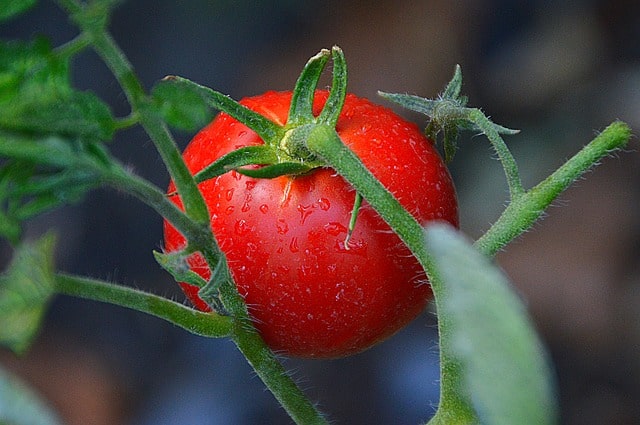
Tomatoes are a summer staple that can be planted at the end of May, ensuring they grow vigorously through the summer months. They are ideal for USDA zones 3-7 and flourish in temperatures exceeding 60°F. When transplanting seedlings, make sure to harden them off beforehand, gradually introducing them to sunlight and cooler evening temperatures. Late planting of tomatoes allows you to avoid late spring frosts, and selecting fast-growing varieties (around 60-70 days to maturity) means you can expect a harvest by mid-summer. Keep in mind that tomatoes thrive in well-drained soil rich in organic matter and require consistent moisture throughout the growing season.
Peppers

Bell peppers, sweet peppers, and hot peppers can be planted at the end of May after the last frost in USDA zones 4-7. These plants prefer warmer conditions, ideally with soil temperatures above 60°F. Planting peppers later ensures they are established when warm weather arrives, which encourages stronger growth. Space plants widely for better air circulation to prevent disease. Using row covers on cooler nights can help protect young plants from temperature dips. Be sure to fertilize regularly to support healthy fruit development, especially as peppers are heavy feeders.
Cucumbers
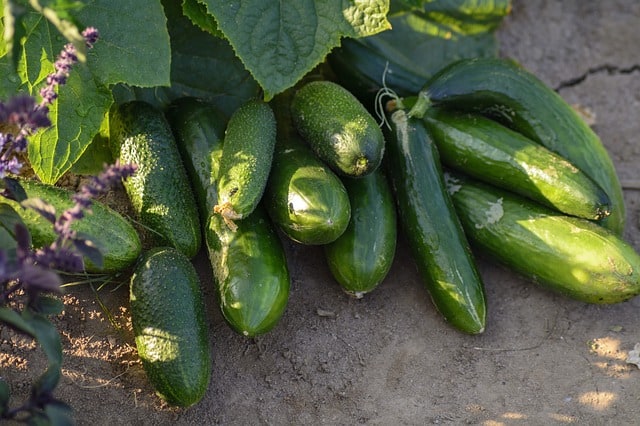
Cucumbers are fast-growing and can be sown directly in the garden at the end of May, ideal for USDA zones 4-7 where the soil is warm. Cucumbers thrive in soil temperatures of 70°F or higher and require full sun. Late May planting allows cucumber vines to take advantage of warm soil for quick germination, leading to a bountiful harvest by summer’s peak. Consider training cucumbers on trellises to save space and improve air circulation around the plants while also making for easier harvests.
Squash
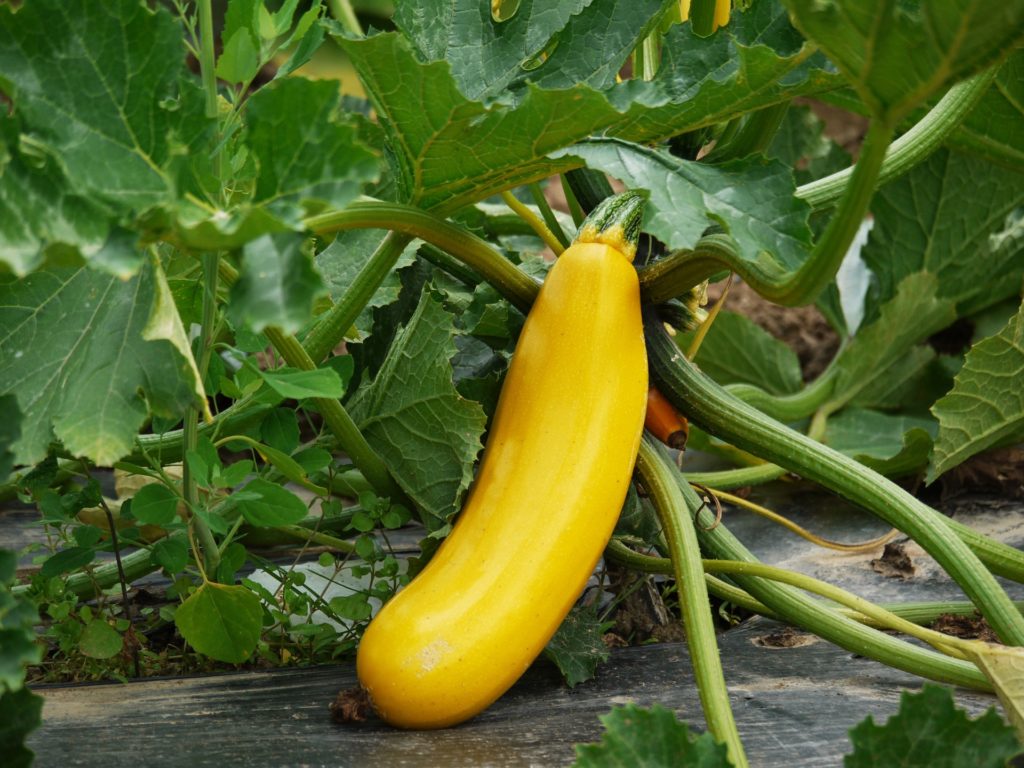
Summer squash varieties such as zucchini and yellow squash should be seeded at the end of May. These plants enjoy warm soil, ideally between 70°F and 95°F, making late May a perfect time for planting in USDA zones 3-7. Squash grows quickly, often yielding produce in just 50-60 days from seed. Flying insects like squash bugs can be a nuisance, so consider planting companion flowers like marigolds around your garden to deter these pests effectively.
Beans
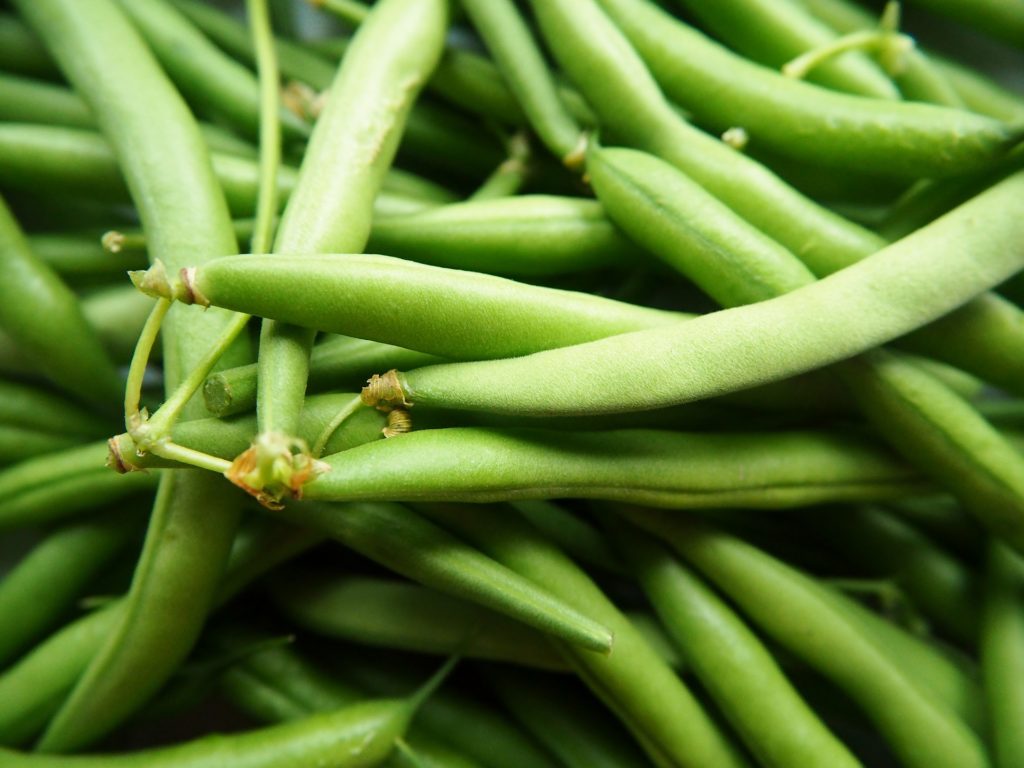
Both bush and pole beans can be planted at the end of May, suitable for USDA zones 3-7. Beans thrive in warm conditions with soil temperatures above 60°F. Late planting in this timeframe allows for quick development, and their nitrogen-fixing properties can enhance soil health. Additionally, beans are relatively low-maintenance; just ensure to keep soil consistently moist during dry spells and consider mulching to retain moisture and suppress weeds.
Carrots
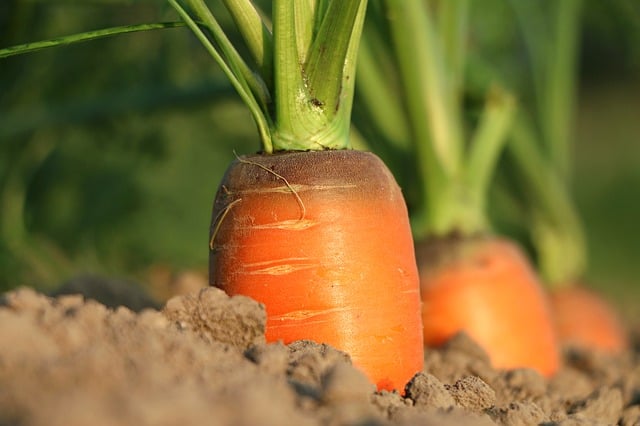
Carrots can still be sown until early summer, making the end of May an excellent planting time in USDA zones 3-7. Carrots prefer well-draining, loose soil with consistent moisture—taking around 70-80 days to mature. Late planting can stress roots, but proper care and regular watering help develop healthy, sweet roots. Thinning seedlings once they sprout allows each carrot ample space for growth and helps maintain good airflow.
Radishes

Radishes are incredibly quick-growing vegetables that you can directly seed during late May. They thrive in USDA zones 3-7 and mature in as little as three to four weeks. Consider planting different varieties to enjoy a variety of flavors and colors. While radishes prefer cooler temperatures, late spring planting takes advantage of the warmer soil and longer days. To avoid harsh flavors, ensure consistent watering during dry periods.
Beets
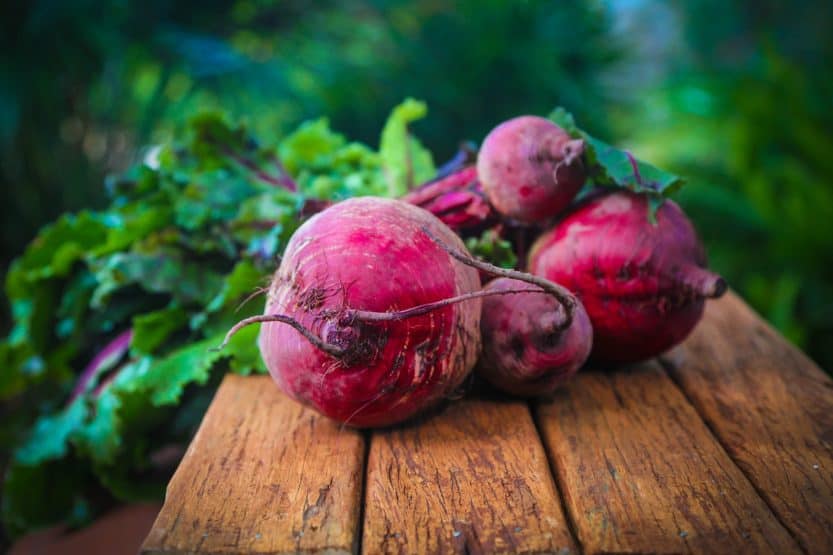
Beets represent another excellent choice for late May planting in USDA zones 3-7. With a liking for cooler conditions, beets thrive in well-drained soil. Late planting allows for a late summer crop, and should take around 50-70 days to reach maturity. Beets prefer consistent moisture, so regular watering and possibly mulching help maintain needed soil conditions. Their leafy greens are also edible and nutritious, providing additional harvest options.
Corn
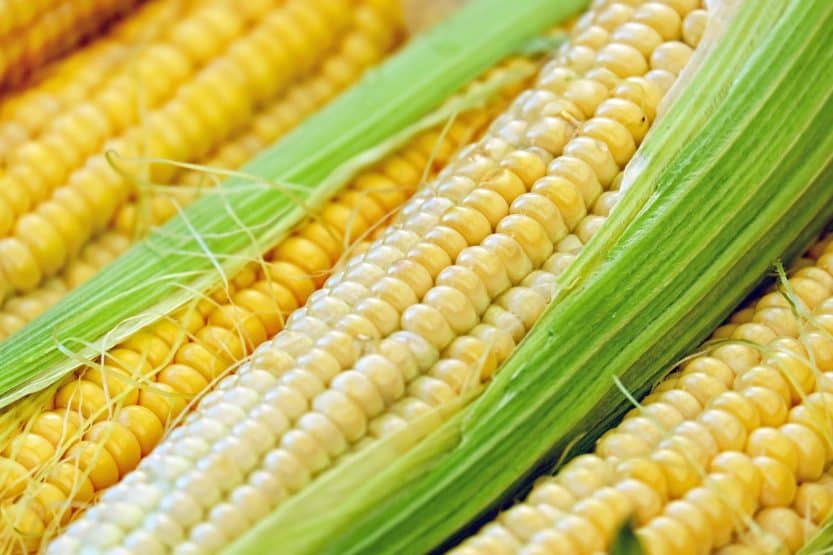
Sweet corn should be planted at the end of May in USDA zones 3-7, where soil temperatures exceed 60°F for optimal germination. Sweet corn requires full sun and can be direct-seeded into the garden at this time. Late-season planting assures that the plants will grow efficiently in the warmer temps of summer, leading to harvests in about 60-100 days depending on the variety. Be sure to plant in blocks for proper pollination, which is essential for a good harvest.
Lettuces
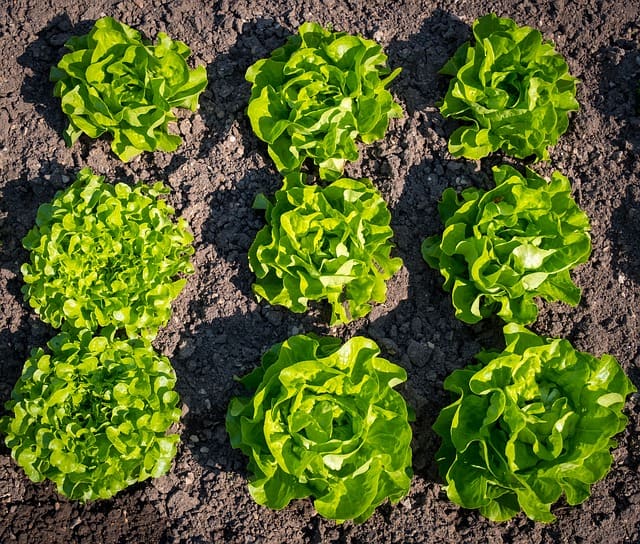
Lettuce can be sowed for a late spring/early summer harvest at the end of May, especially suited for USDA zones 3-7. While many varieties prefer cooler weather, heat-tolerant types like Butterhead and Romaine can succeed during this period. Late May planting helps ensure that you can enjoy tender leaves before the hottest weather sets in. Consistent watering is essential to prevent bitterness and prolong the harvest.
Flowers To Plant
Marigolds
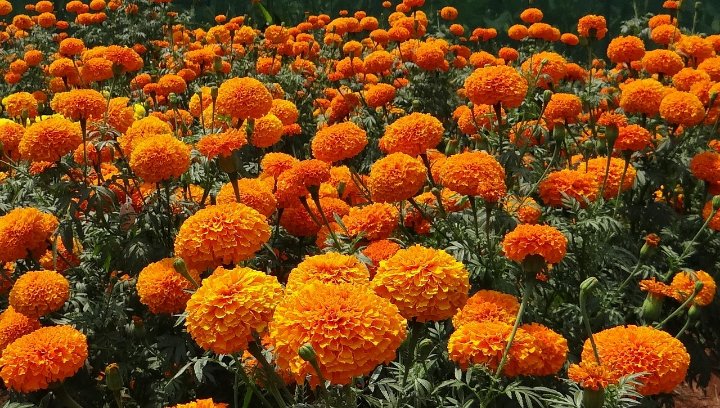
Marigolds are hardy annuals that can flourish when planted at the end of May, covering USDA zones 2-7. They thrive in warmer soils and full sun, making this time especially suitable as soil temperatures rise. Marigolds deter various garden pests, providing a twofold benefit. To prolong blooming throughout summer, deadheading spent flowers will encourage new growth and produce vibrant displays of color in your garden.
Zinnias
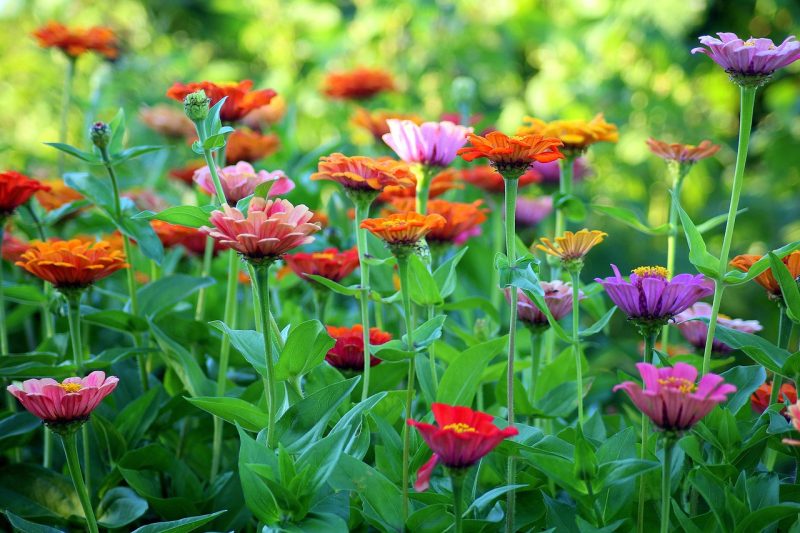
Zinnias are known for their colorful blooms and can be directly sown into the garden at the end of May, thriving in USDA zones 3-7. Zinnias prefer full sun and grow fast; typically, blooms appear about 60 to 70 days after planting. These flowers also attract pollinators like bees and butterflies, offering ecological benefits. Regular deadheading encourages a lengthy blooming period, making them easy to grow and delightfully rewarding.
Sunflowers
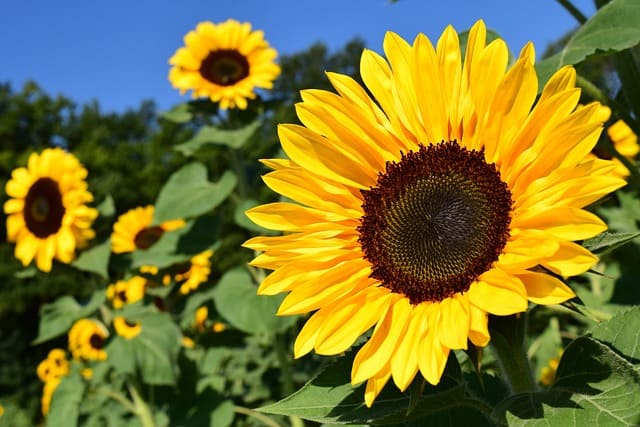
Sunflowers need warm weather and sunlight, making late May the perfect planting time in USDA zones 3-7. Directly sow seeds into well-drained soil, planting 1-1.5 inches deep. These sun-loving annuals thrive in average garden soil, ranging from 60 to 70°F. Monitor moisture levels, especially if rain is lacking, and be mindful that they require space to grow tall, so consider proper spacing to avoid overcrowding.
Cosmos
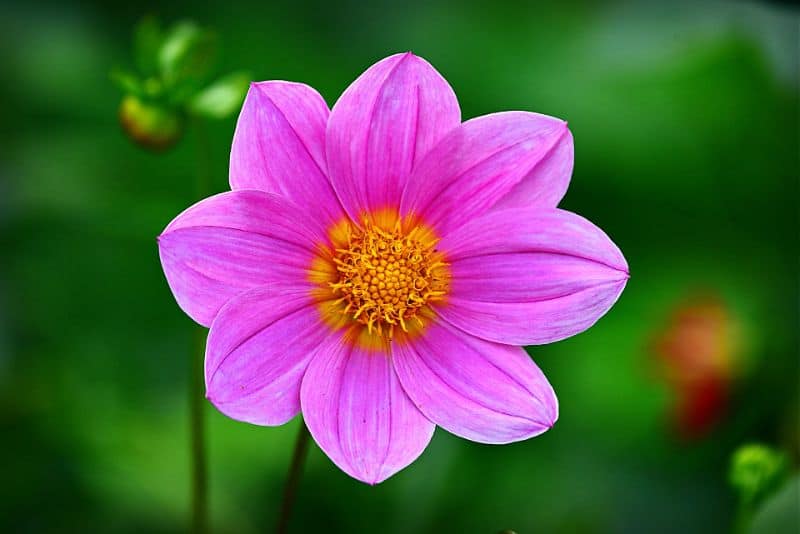
Cosmos are fast-growing flowers that thrive when planted at the end of May, especially in USDA zones 3-7. They appreciate full sun and can tolerate less fertile soil, making them easy to grow. Late May planting enables blooms to start appearing by mid-summer, with flowers lasting until frost. Cosmos are generally low-maintenance flowers and add delightful color, especially when planted in groups.
Petunias

Petunias provide vibrant colors to gardens when established at the end of May, ideally suited for USDA zones 2-7. These annual flowers thrive in sunny locations and require regular watering to encourage blooms. Deadheading spent flowers improves the bloom cycle, making them suitable for hanging baskets or borders. They can add visual interest throughout the entire summer, often blooming continuously until the first frost.
Snapdragons
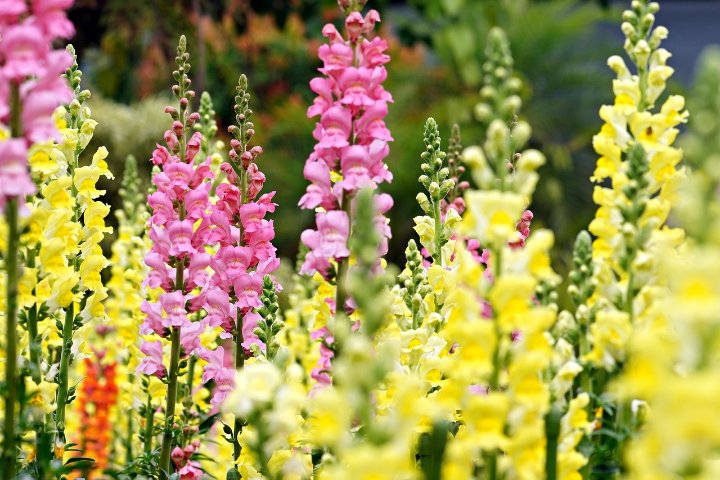
Snapdragons can be planted in late May, especially in USDA zones 3-7. These flowers prefer cooler conditions and can tolerate light frost, ideally benefiting from well-drained soil and full sun. Planting snapdragons at the end of May can lead to vibrant blooms throughout the summer months. Regular deadheading encourages continued flowering, providing lasting color in your garden.
Bachelor Buttons
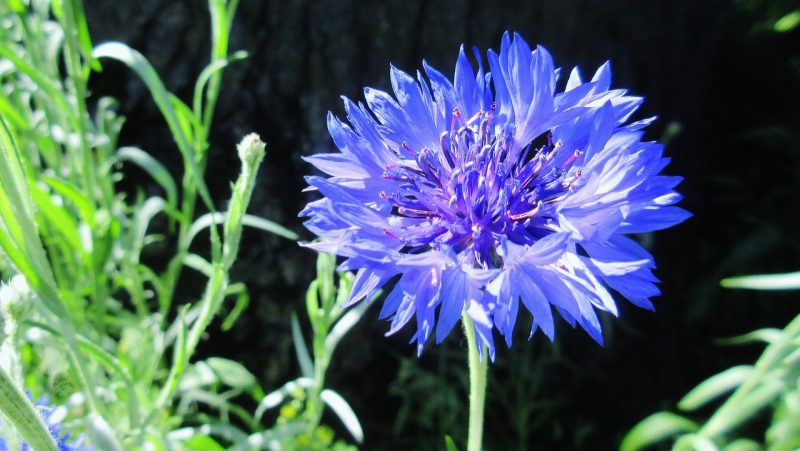
Bachelor buttons are charming and easy to grow, perfect for sowing at the end of May in USDA zones 2-7. These flowers prefer sun and are drought-tolerant, making them suitable for low-maintenance gardens. They self-seed readily, providing repetitive blooms each year. The blue flowers create a delightful display amid your landscape, appealing to both bees and butterflies.
Lobelia
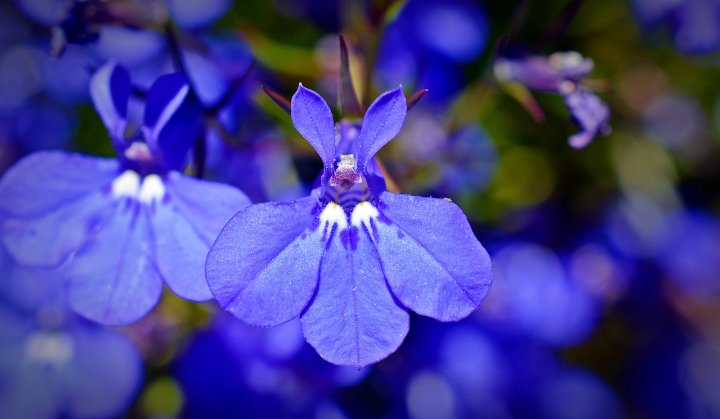
Lobelia is excellent for planting at the end of May in USDA zones 4-7. These plants flourish in partial shade and require consistent watering to maintain their beautiful blue and purple flowers. Lobelia is perfect for hanging baskets or borders and attracts hummingbirds and beneficial pollinators. Their trailing growth habit can help create lovely container arrangements or soft edges in your garden.
Ageratum
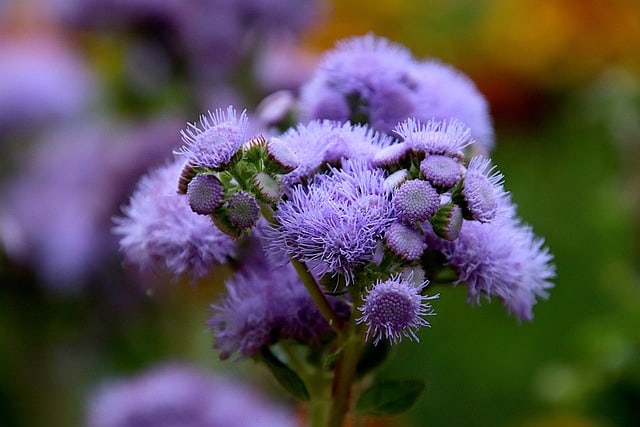
Plant ageratum at the end of May for vibrant summer gardens in USDA zones 3-7. These flowers do best in full sun and prefer moist, well-drained soil. They produce fluffy blooms that add texture and color to your landscaping, attracting butterflies and beneficial insects. Regular watering during dry spells will help maintain healthy plants.
Black-Eyed Susans
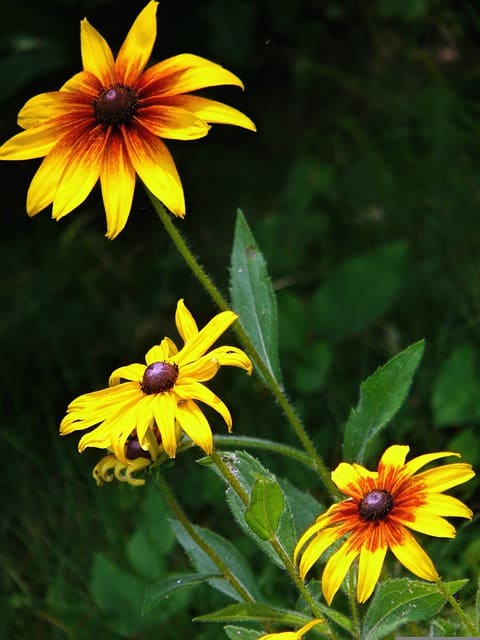
Black-eyed Susans are resilient perennial flowers suited for planting at the end of May in USDA zones 3-7. These vibrantly colored flowers thrive in full sun and can adapt to various soil conditions. Regular deadheading encourages prolonged blooms and adds joyful color to your garden throughout summer, naturally attracting bees and butterflies.
Perennial Flowers to Plant
Daylilies
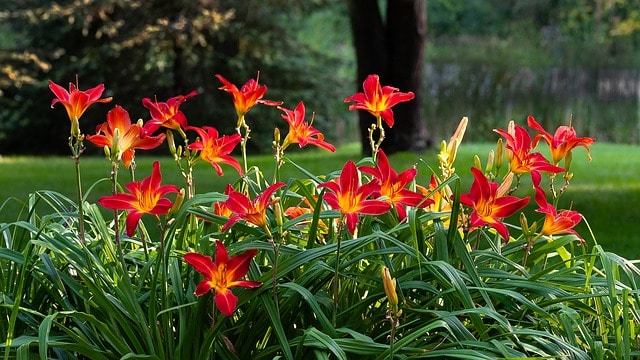
Daylilies planted at the end of May in USDA zones 3-7 can thrive in diverse soil types. They adapt well to various climates, making them perfect for beginner gardeners. Ensure they receive plenty of sunlight for optimal flowering. Late planting allows daylilies to establish roots before summer heat arrives, rewarding gardeners with colorful blooms throughout the hotter months.
Hostas
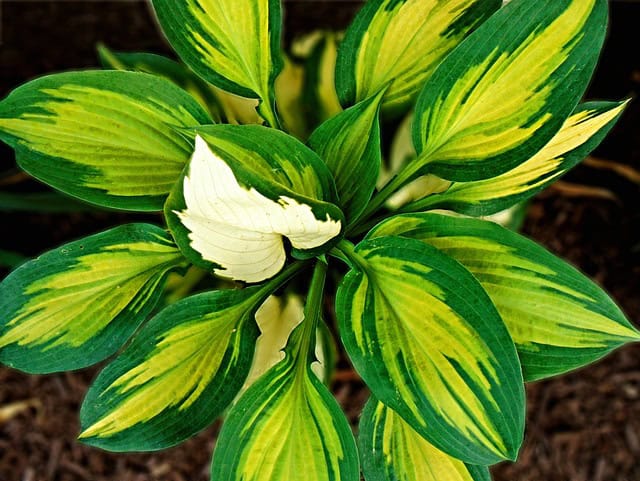
Hostas are ideal candidates for planting at the end of May, particularly in shady areas in USDA zones 3-7. These perennials thrive in moist, well-drained soil and can rapidly establish. Hostas provide lovely foliage and attract pollinators during their flowering stage. Regular watering helps maintain their lush growth as they flourish through summer.
Coneflowers
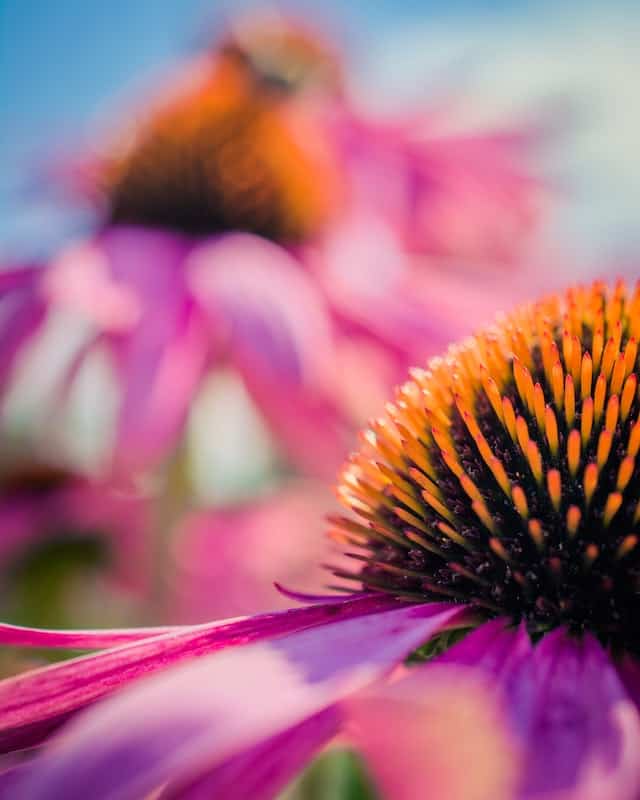
Coneflowers (Echinacea) are ideal for planting at the end of May in USDA zones 3-7. These resilient perennials prefer full sun and can tolerate various soil types. Late planting allows them to root before summer, thus yielding beautiful blooms from mid-summer until fall. They are drought-resistant and attract beneficial pollinators, supporting a healthy ecosystem in your garden.
Peonies
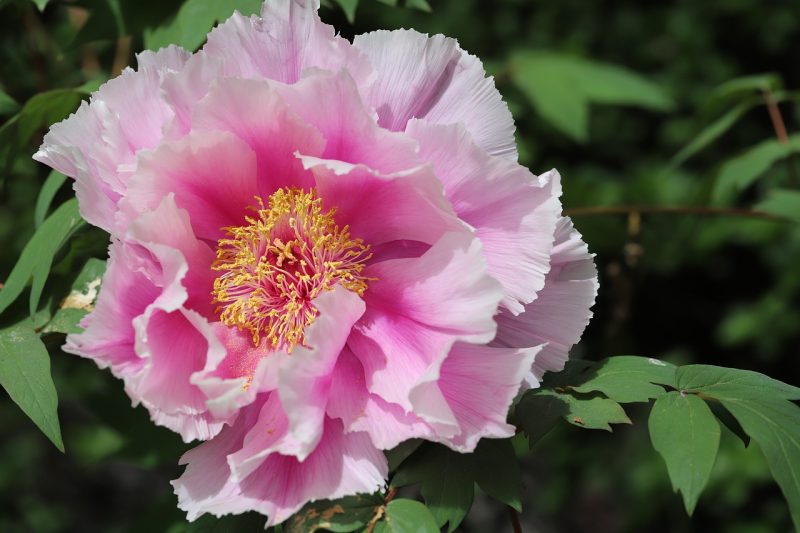
Peonies can be established at the end of May, particularly in USDA zones 3-7. While they take time to grow, planting them allows for glorious blooms in late spring to summer. Choose a sunny location for optimal growth, and prepare the soil with organic matter for better drainage. Once established, peonies can yield astonishingly fragrant flowers year after year.
Lavender
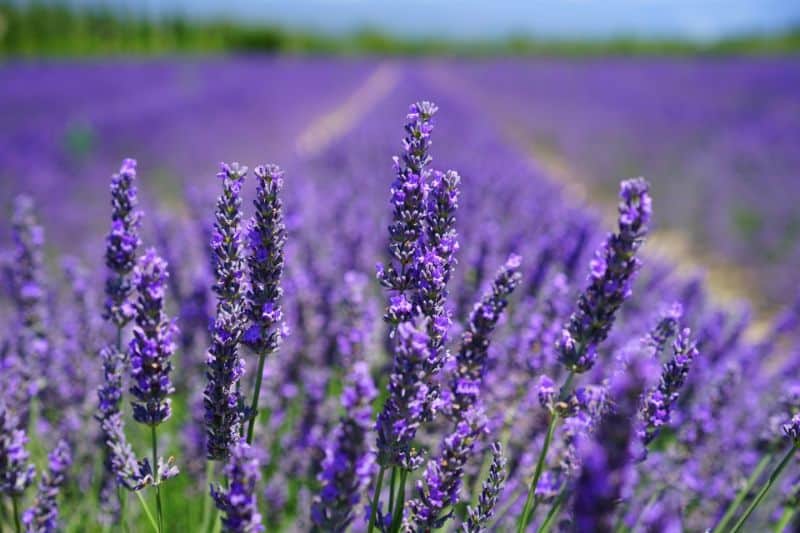
Lavender thrives when planted at the end of May in USDA zones 5-7. This fragrant herb requires well-drained soil and full sun for optimal growth. As a drought-tolerant plant, lavender is low maintenance and adds beauty to gardens. Late spring planting ensures good root development, allowing for lovely blooms and delightful aroma during the summer months.
Astilbe

Astilbe is a perfect choice for planting at the end of May in USDA zones 3-7, preferring moist soil and partial shade. These showy perennials produce vibrant, feather-like blooms, adding height and color to flower beds. Late planting helps with root establishment, while regular watering keeps them hydrated, producing impressive blooms well into summer.
Salvia
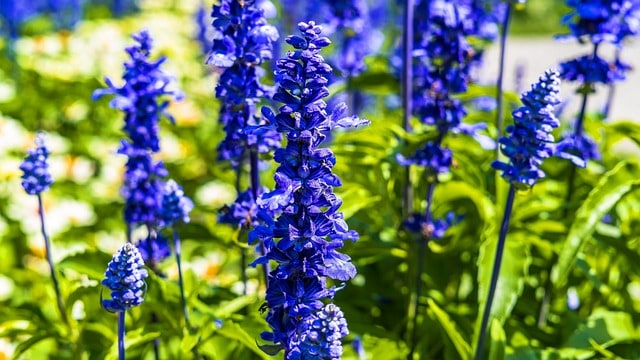
Salvia is a versatile perennial that thrives when planted at the end of May in USDA zones 4-7. With a preference for well-drained soil and full sun, Salvia flowers can add much-needed color and attract beneficial insects. These hardy plants are drought-resistant, and late spring planting allows robust growth accelerating blooming times from mid-summer to fall.
Coreopsis
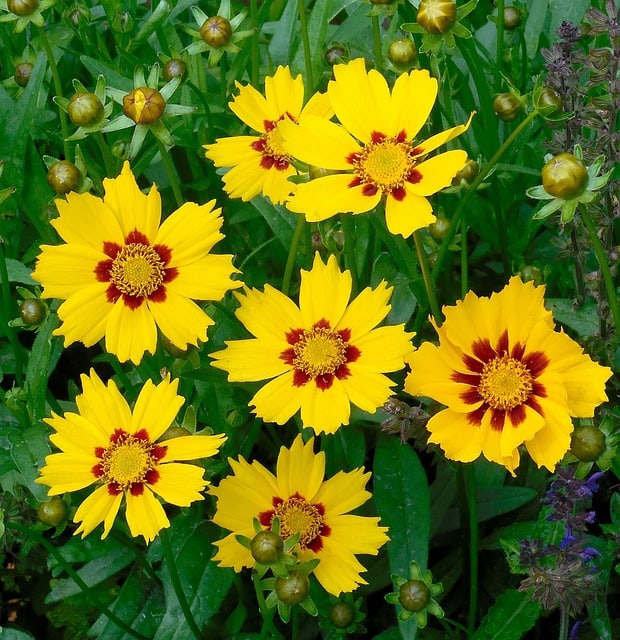
Plant coreopsis at the end of May, particularly in USDA zones 3-7. These bright, sun-loving perennials thrive in well-drained soils and can produce cheerful blooms from early summer to fall. Late planting allows coreopsis to develop a solid root system before hot months, consistently providing vibrant color and attracting pollinators.
Shasta Daisies
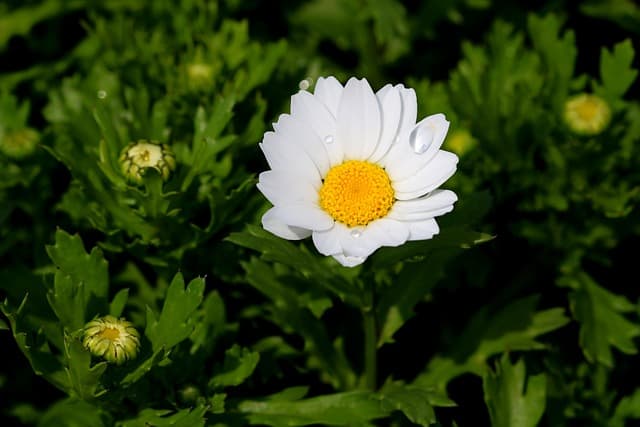
Shasta daisies are hearty perennials ideally planted in USDA zones 5-7 at the end of May. They thrive in full sun and well-drained soil, growing into classic garden staples. With the potential for blooms from early summer through fall, late spring planting ensures a healthy establishment while allowing gardeners to enjoy their beauty.
Russian Sage
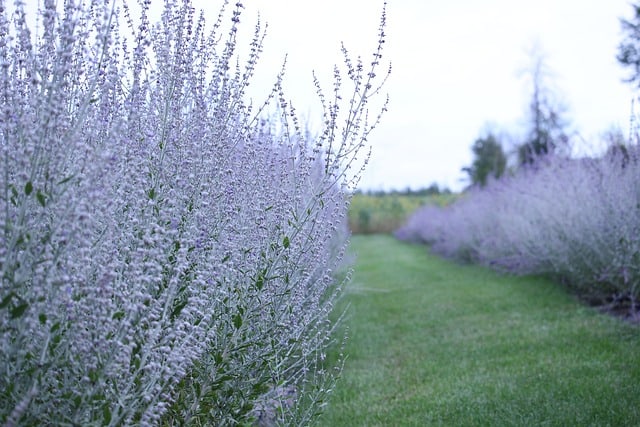
Russian sage thrives with late May planting in USDA zones 3-7. This hardy perennial requires full sun and well-drained soil, making it an easy addition to any garden. Its aromatic foliage and striking blue flowers create an eye-catching visual while providing low-maintenance landscaping and attracting pollinators once established.
Bulbs To Plant
Cannas
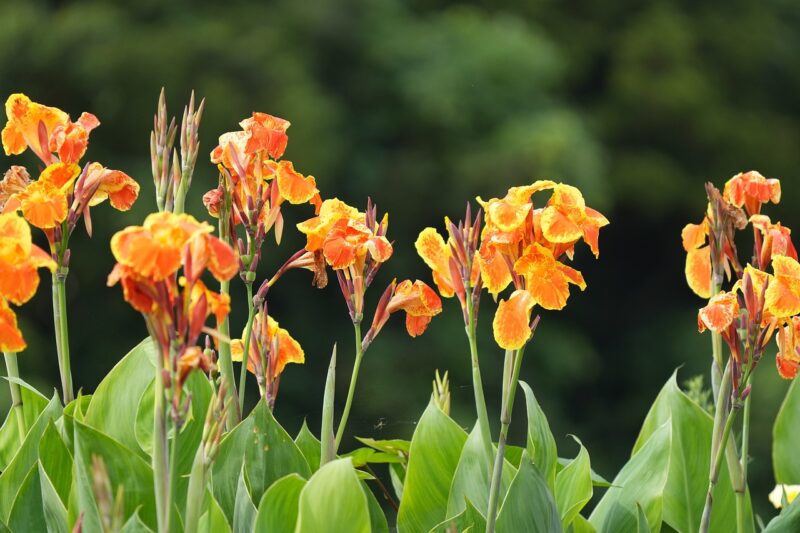
Cannas can be planted at the end of May in USDA zones 7 and below, where they thrive in well-drained soil with full sun exposure. They require a warm climate for optimal growth and establishing them now means you can enjoy their lush foliage and vibrant blooms throughout the summer. Be sure to water regularly during their growing phase to encourage robust growth.
Gladiolus

Gladiolus bulbs should be planted at the end of May in USDA zones 3-7. These flowers benefit from well-drained soil and full sun. Late planting allows for continuous blooming from summer to fall, creating a colorful display. Monitor moisture levels, as they enjoy well-watered soils but are susceptible to rot if overwatered.
Dahlias
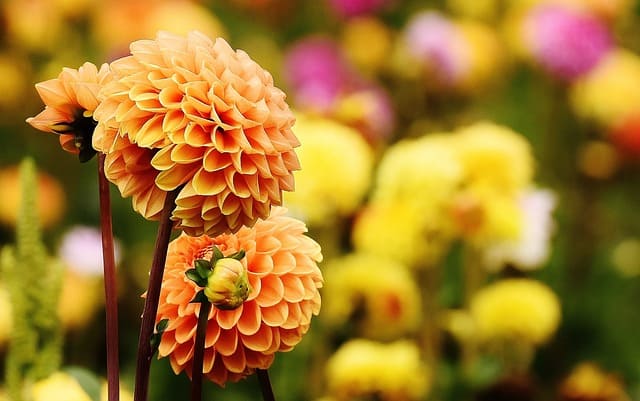
Dahlia tubers flourish when planted at the end of May in USDA zones 3-7. They require rich, well-drained soil and full sunlight. Late May planting helps secure a strong foundation for the tubers, yielding stunning blooms through summer if properly watered and cared for. Be patient, as they may take a few weeks to flower after planting.
Lilies

Lilies can be successfully planted during late spring in USDA zones 4-7 when temperatures warm. They enjoy full sun and well-drained soil, with some varieties thriving under partial shade. Planting now allows lilies to establish roots before the growing season, providing magnificent blooms in early summer. Ensure the site receives ample water while maintaining good drainage to prevent root rot.
Crocosmia
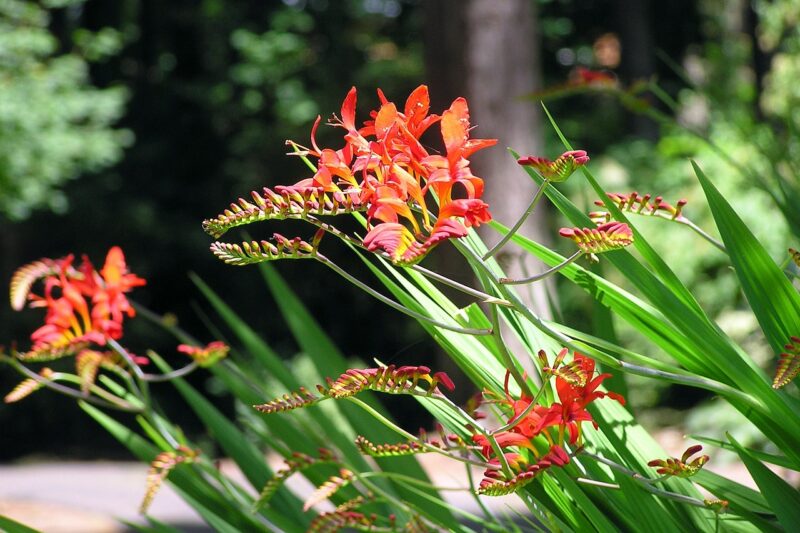
Crocosmia bulbs should be planted in late May for USDA zones 5-7. They prefer sunny locations and thrive in well-drained soil, making them excellent for adding interest to mixed perennial borders. Late planting enables quick growth leading to stunning summer blooms, while providing necessary moisture during the early phases will help them settle in well.
Freesia
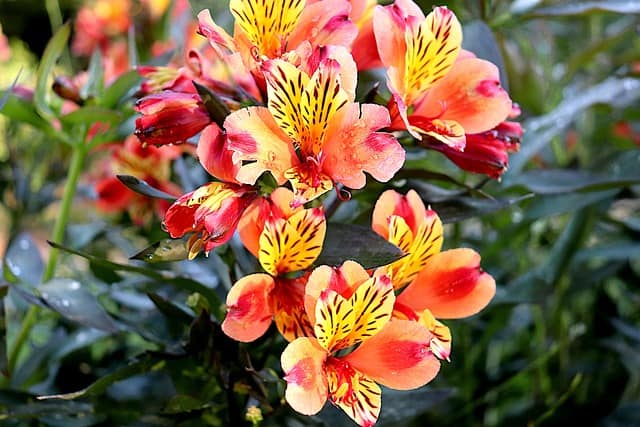
Freesia bulbs can be planted at the end of May in USDA zones 7 and below. These bulbs prefer full sunlight and well-drained soil, with some protection from excessive summer heat. Late spring planting will yield fragrant flowers, enhancing your garden while attracting pollinators. Ensure adequate watering for optimal growth, especially at the establishment stage.
Calla Lilies
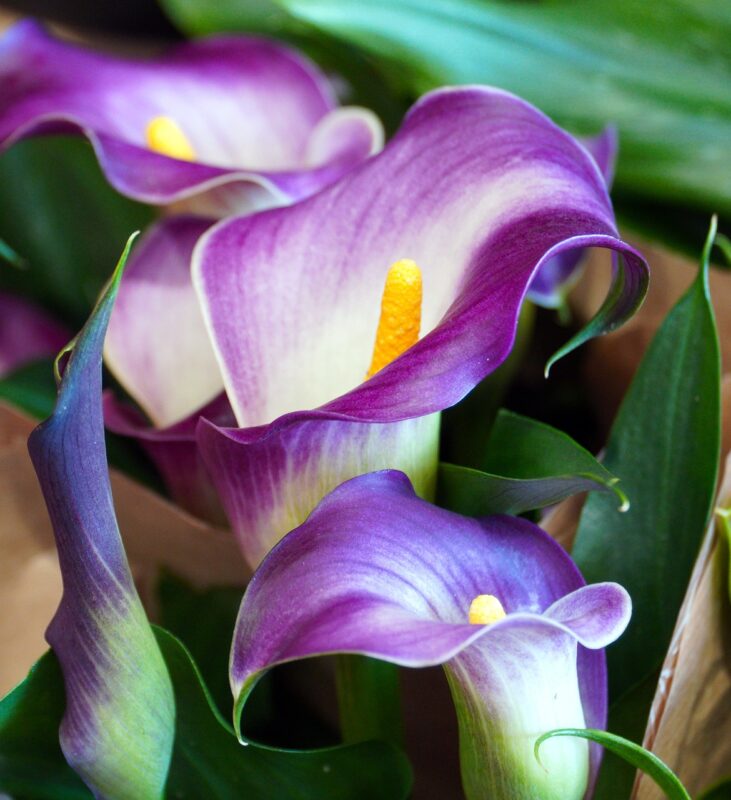
Calla lily bulbs are ideally planted at the end of May in USDA zones 7 and lower. They thrive in rich, well-drained soils where they receive full sunlight. Late planting ensures your plants can establish strong roots, resulting in stunning blooms after summer arrives. Regular moisture is important, so be careful to keep the soil well-watered but not waterlogged.
Hyacinth
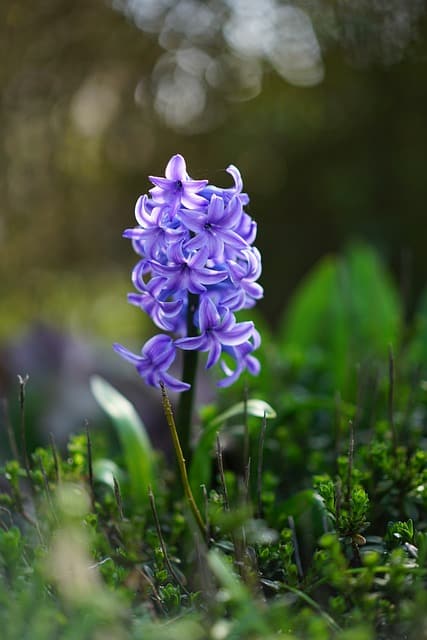
While commonly planted in fall for spring blooms, hyacinth bulbs can be planted late in the season in USDA zones 5-7. Late planting can yield delightful fragrant blooms during summer, provided they receive full sun and adequate watering. Planting them in clusters provides a stunning visual impact and attracts beneficial pollinators into your garden.
Tuberose

Tuberose bulbs can be planted at the end of May in USDA zones 7 and below, thriving in sunny areas with well-drained soil. These bulbs are known for their beautiful, fragrant flowers, making them a lovely choice for garden beds. Late spring planting encourages healthy growth and ensures a stunning display of blossoms throughout the summer months.
Anemone
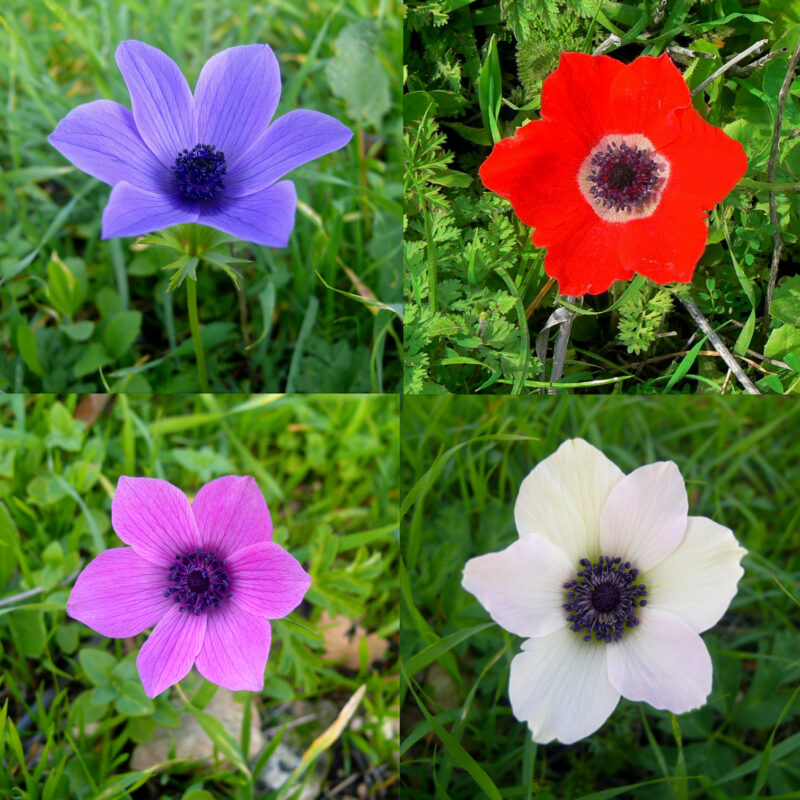
Anemone bulbs are best suited for late May planting in USDA zones 5-7. They thrive in well-drained, moderately moist soils, enjoying partial sun to full shade. Planting them at the end of May ensures that they develop properly and produce lovely, delicate blooms all summer long. Consistent watering and protection from extremes will ensure optimal growth.
Fruits to Plant
Tomatoes

Tomatoes are mentioned again due to their importance in the garden. Suitable for planting at the end of May, tomatoes can be transplanted in USDA zones 3-7. This timing allows you to benefit from warm summer conditions and maximize yields, with healthy fruit appearing earlier. Selecting fast-harvesting varieties (60-70 days to maturity) means you can enjoy fresh tomatoes by mid-summer while practicing crop rotation will help keep your garden healthy each growing season.
Strawberries
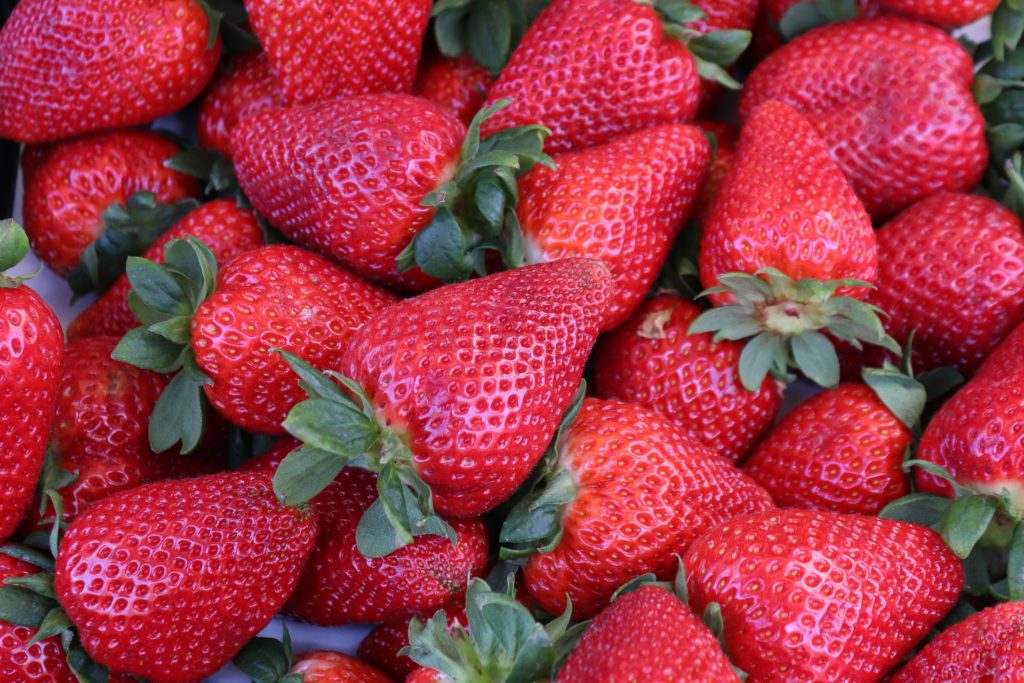
Strawberries can be planted at the end of May in USDA zones 4-7. These perennials thrive in well-drained soil and full sun, establishing strong roots before summer. They need adequate space to grow, which improves air circulation and reduces disease risk. Regular watering helps keep the plants healthy, allowing you to enjoy sweet, juicy berries during the summer months.
Melons
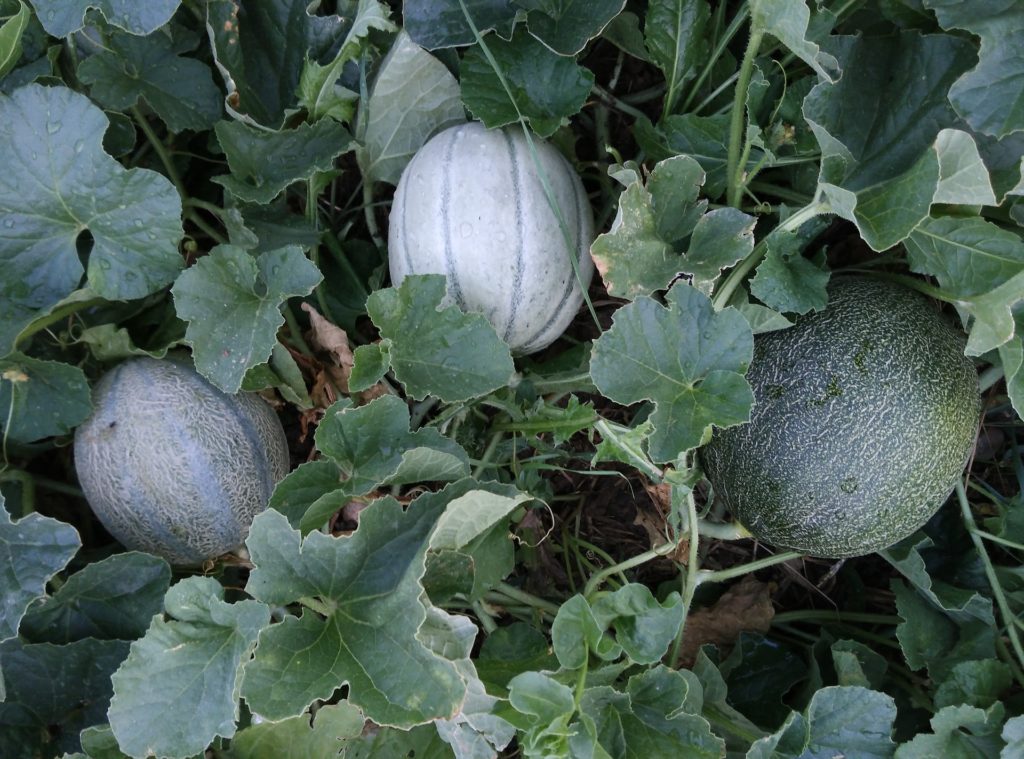
Watermelons and cantaloupes can be directly sown at the end of May in USDA zones 3-7, where soil temperatures reach above 70°F. These heat-loving fruits require plenty of sunshine to flourish. By planting at this time, you allow the plants to grow quickly and are rewarded with sweet, juicy fruit by late summer. Proper spacing is essential for good air circulation, as well as adequate watering during dry spells.
Raspberries
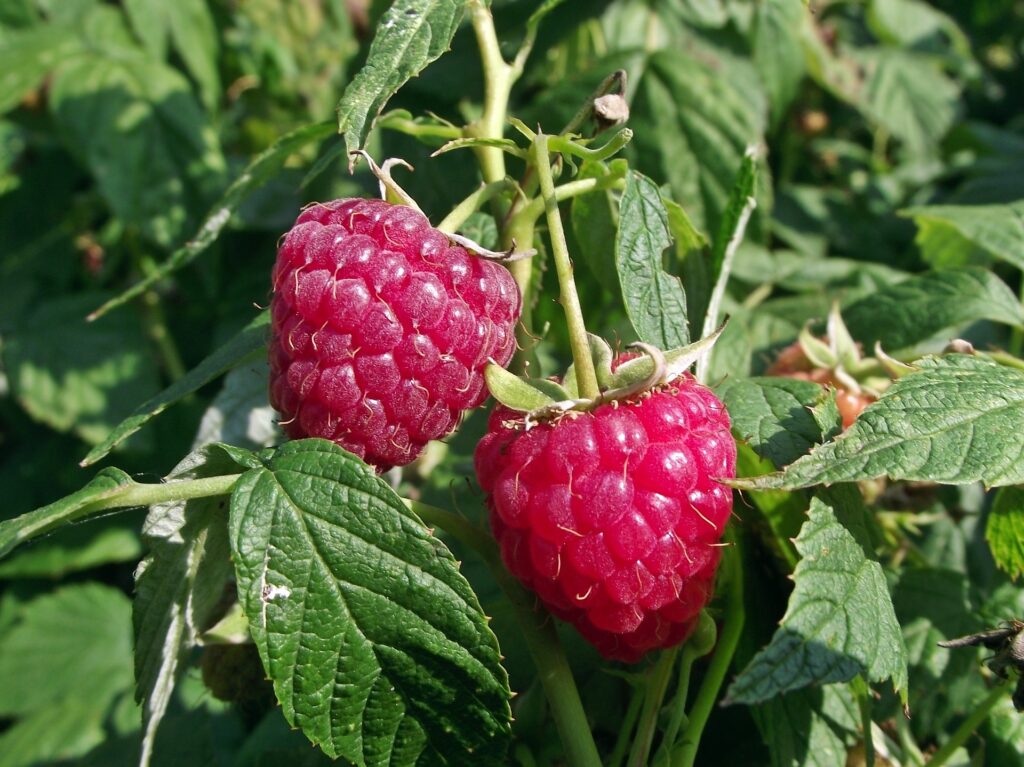
Raspberries can be planted at the end of May in USDA zones 4-7, requiring well-drained soil and full sun for optimal growth. Late planting promotes healthy root establishment, leading to resilient plants. Raspberries benefit from trellising as they grow taller, which will support their fruiting canes and maximize yield.
Blackberries
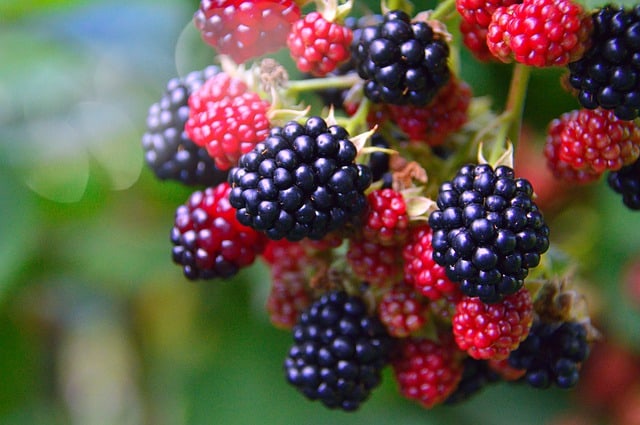
Blackberries are well-suited for late May planting in USDA zones 3-7. These sweet fruits thrive in sunny spots with well-drained soil, establishing healthy roots before summer heat sets in. Continuous monitoring for pests and watering during dry spells can ensure the best harvest. Depending on the variety, expect a bountiful harvest of delicious berries by late summer.
Kiwi
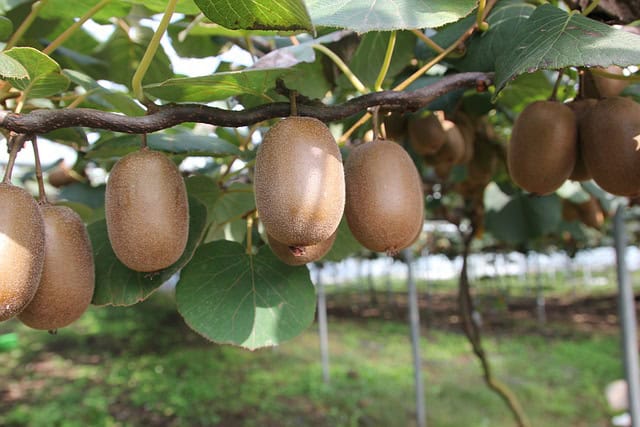
Hardy kiwi varieties can be successfully started at the end of May in USDA zones 6-7. These fruit-bearing vines require full sun and well-drained soil. Planting at this time allows for robust growth, but keep in mind that kiwi plants may take a couple of years to start producing fruit. Providing a sturdy trellis for support helps maximize growth potential.
Fig Trees

Fig trees can be planted at the end of May in USDA zones 7 and below. They prefer well-drained soil and full sun exposure to maximize fruit production. Late spring planting allows the tree to establish roots adequately, leading to a robust crop of figs during the summer months. Regular watering during dry spells is essential for initially determining successful growth.
Grapes
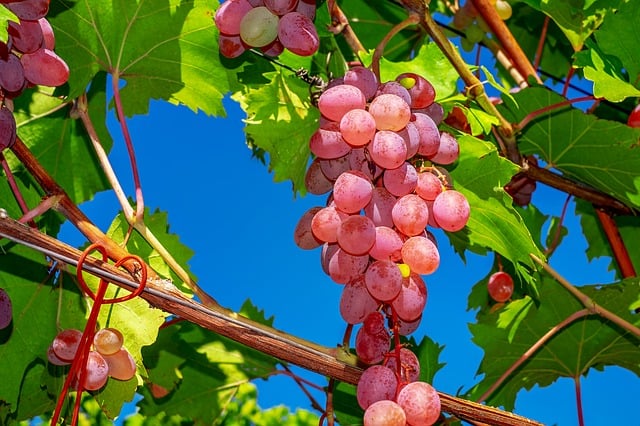
Grapes should be established at the end of May in USDA zones 4-7. They thrive in full sun and require well-drained soil to prevent root rot. Late planting ensures the vines become well-established before hotter weather arrives. Providing proper trellises will help support their vigorous growth, enhancing fruit production and making your garden more productive.
Peaches
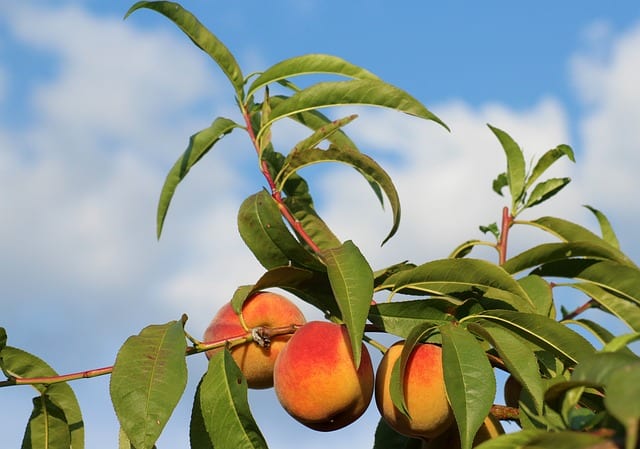
Peach trees can be successfully planted at the end of May in USDA zones 5-7. They thrive in full sun and require well-drained soil. Late May planting allows for root establishment before summer heat, leading to a more fruitful harvest later in the season. Regular watering is essential to maximize fruit development and growth, especially in arid climates.
Herbs To Plant
Basil
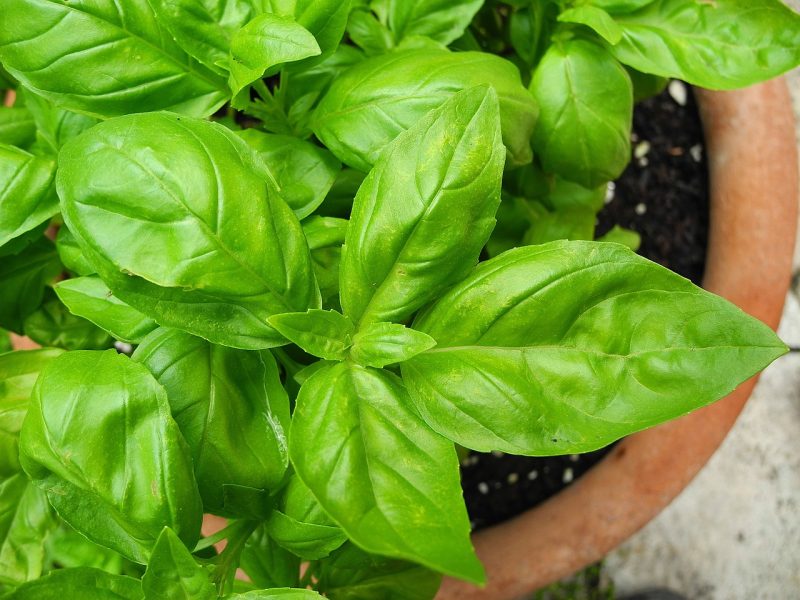
Basil is a warm-loving herb that grows well when planted at the end of May in USDA zones 4-7. Choose a sunny location with rich, well-draining soil. Late spring planting allows robust growth, which yields fresh leaves for summer dishes. Regular watering and balanced fertilization support optimum growth, ensuring a bountiful harvest throughout the growing season.
Chives
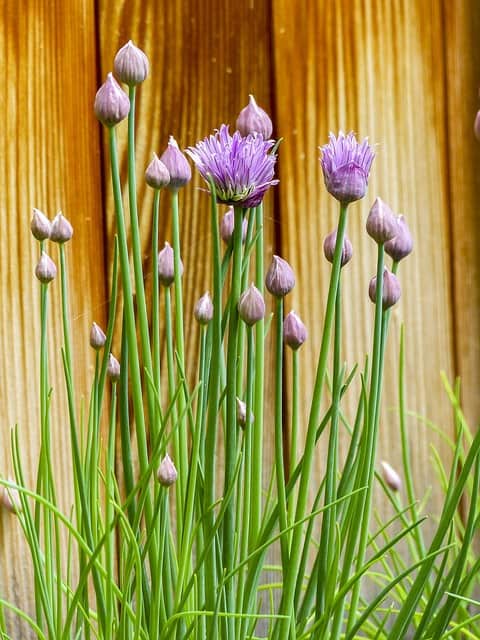
Chives can be planted at the end of May for USDA zones 3-7. They thrive in sun-soaked locations and well-drained soil. As perennials, they produce flavorful leaves and can be harvested multiple times during the growing season. Late planting ensures their roots get established before the heat of summer and ensures they can easily return next spring.
Cilantro
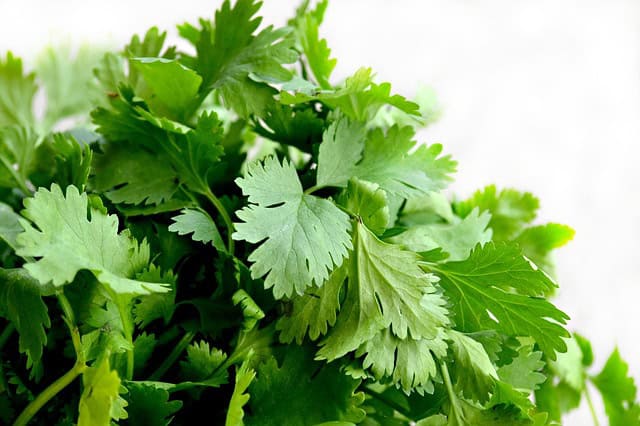
Cilantro is ideal for planting in early summer in USDA zones 3-7, making late May ideal for those cooler weather options. It favors cooler temperatures; nonetheless, late planting helps yield robust growth before heat promotes seeding. Regular watering during the establishment phase will lead to fresh, aromatic herbs ready for culinary use in your gardens.
Oregano
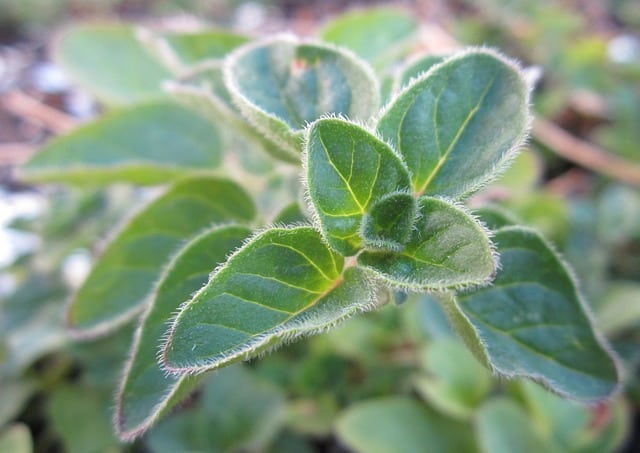
Oregano, suitable for USDA zones 4-7, does best when sown at the end of May. This hardy perennial thrives in well-drained soil and full sun, contributing flavor to countless culinary creations. Late spring planting supports active growth, so ensure spacing allows for bushier growth. Regular harvesting will encourage stronger, flavorsome leaves throughout the growing season.
Thyme
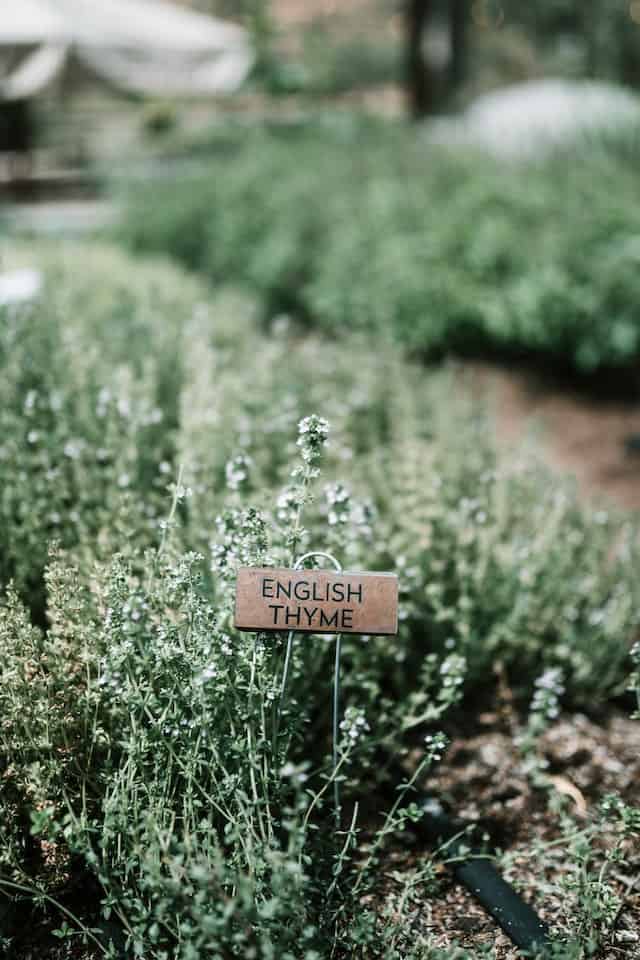
Thyme is excellent for late May planting across USDA zones 3-7. This hardy perennial thrives in sunny conditions and well-drained soils. Late planting ensures healthy root establishment before summer heat arrives, and regular watering will support optimal growth. Use thyme for culinary flavors and enjoy its lovely flowers that attract bees to your garden.
Parsley
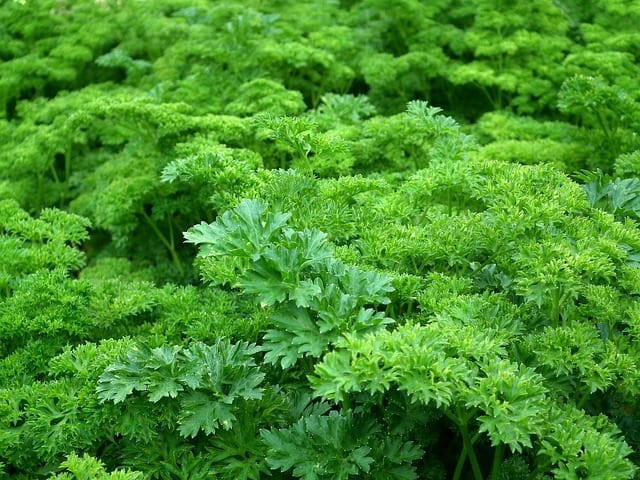
Parsley can be sown at the end of May in USDA zones 3-7. Though it prefers a slightly cooler climate, late planting allows you to enjoy fresh parsley throughout summer. Prepare soil rich in organic matter and maintain consistent moisture, allowing for a productive harvest that can be utilized in many dishes.
Sage
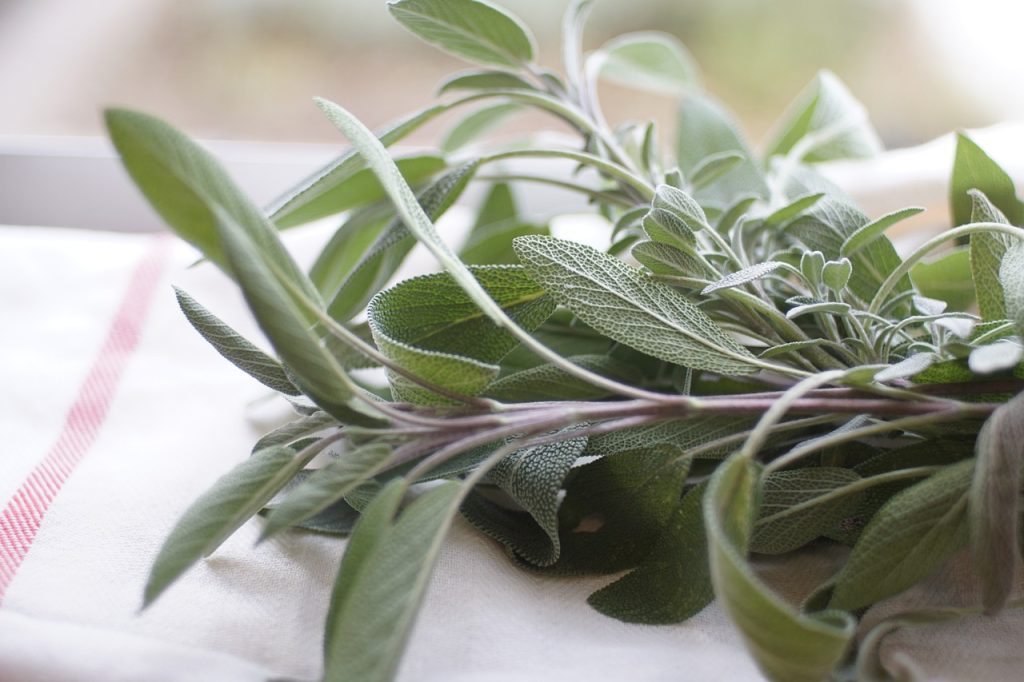
Sage is a wonderful herb to plant at the end of May in USDA zones 4-7. This perennial thrives in full sun and well-drained soil, producing flavorful leaves for culinary uses. Late spring planting atmosphere will help establish the plant before warm weather, and regular pruning will encourage better growth and flavor.
Mint
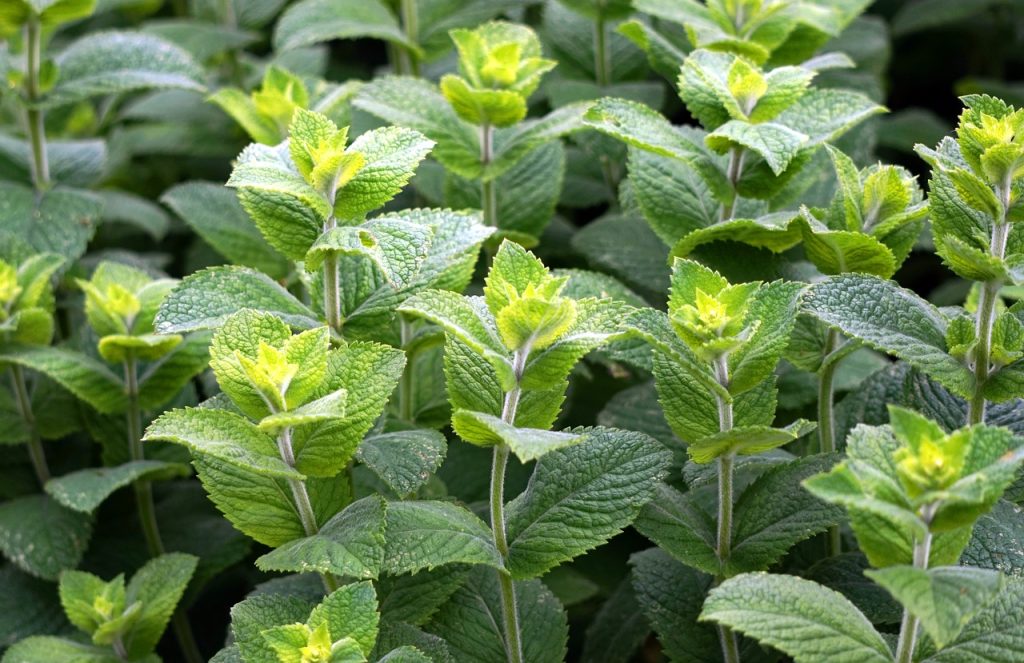
Mint should be planted at the end of May for USDA zones 3-7. This vigorous herb thrives in different sunlight conditions, but be cautious of its invasive nature. Contain mint in designated areas or pots while enjoying its refreshing aroma in salads, beverages, or desserts.
Dill
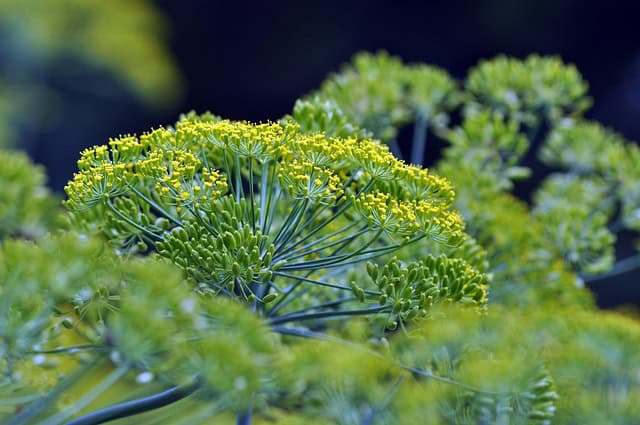
Dill can be seeded at the end of May in USDA zones 3-7, thriving in warm, sunny conditions. A quick-growing herb, dill flourishes with regular watering and can be harvested continuously throughout its growing season. Dill attracts beneficial insects to your garden, enhancing overall ecosystem health.
Fennel
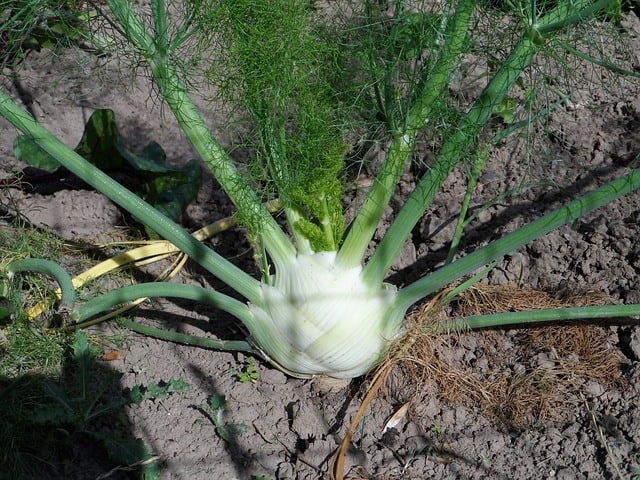
Fennel, suitable for USDA zones 6-7, should be planted in late May. Favoring full sun and well-draining soil, fennel produces anise-flavored bulb, fronds, and seeds enriching many recipes. Regular moisture will help growth while offering support through its development phase.
Landscape Plants To Plant
Ornamental Grasses
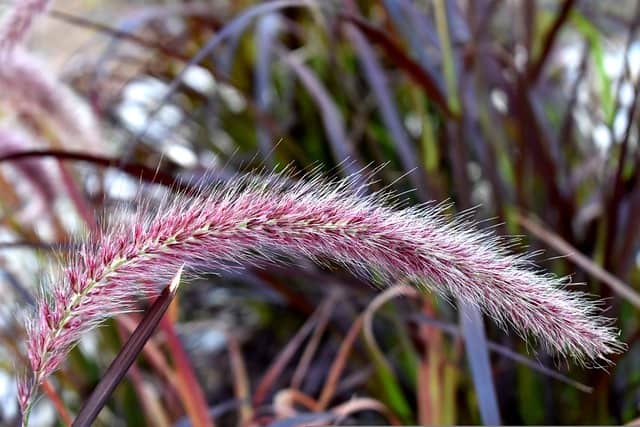
Ornamental grasses should be planted at the end of May in USDA zones 3-7. These drought-tolerant plants thrive in sunny spots and can help provide structure and texture to your landscape. Late planting enables these resilient plants to establish roots before the heat of summer, enhancing their growth potential.
Hydrangeas
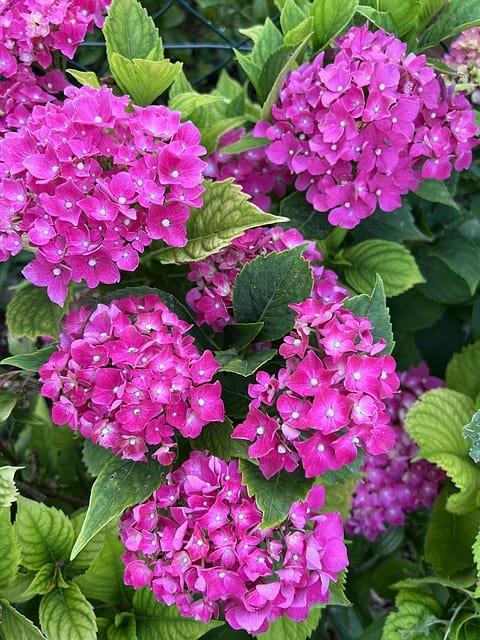
Hydrangeas flourish when planted at the end of May in USDA zones 3-7. They require consistent moisture and well-drained soil rich in organic matter. Late planting helps ensure strong root development, leading to beautiful blooms throughout the summer months. Adjusting soil pH can also help alter flower color, providing gardeners with an opportunity for customization.
Butterfly Bush
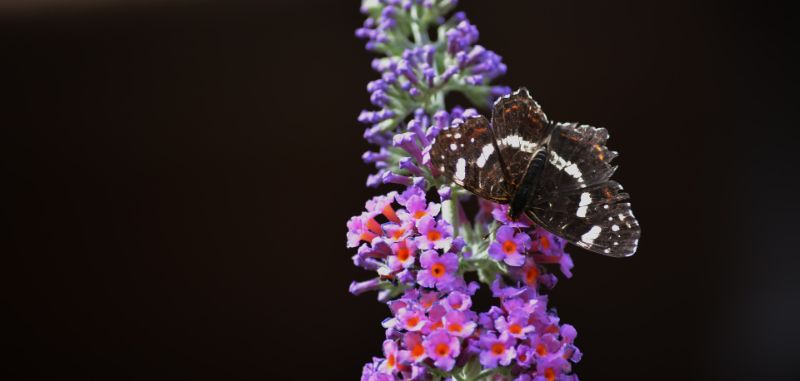
The butterfly bush can be planted at the end of May for vibrant summer blooms and pollinator attraction, suited for USDA zones 5-7. It thrives in full sun and well-drained soil, producing long-lasting flowers that draw butterflies and hummingbirds. Late planting will help these plants become well-established before summer heat, leading to an abundant display of color.
Lilac
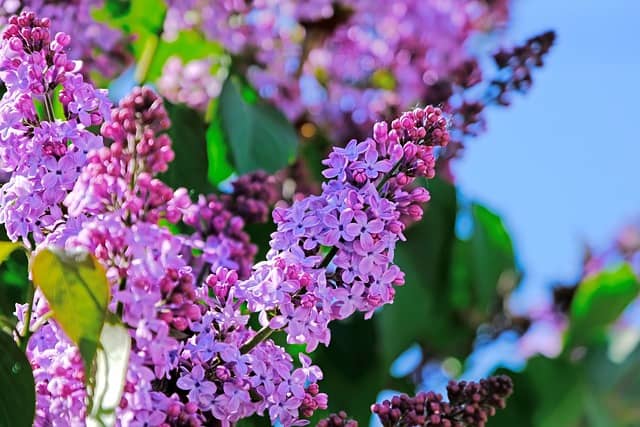
Lilacs can be planted at the end of May in USDA zones 3-7. They thrive in sunny locations with well-drained soil, producing fragrant blooms that herald the arrival of spring. With proper spacing and regular maintenance, lilacs can provide beautiful floral displays while attracting pollinators to enhance your garden’s biodiversity.
Rose Bush

Rose bushes thrive when planted at the end of May in USDA zones 3-7. They require full sun and well-drained soil for optimal growth and flowering. Late planting helps them become established, promoting lush foliage and vibrant blooms throughout the summer. Pruning in late winter or early spring encourages healthier, bushier growth.
Japanese Maple
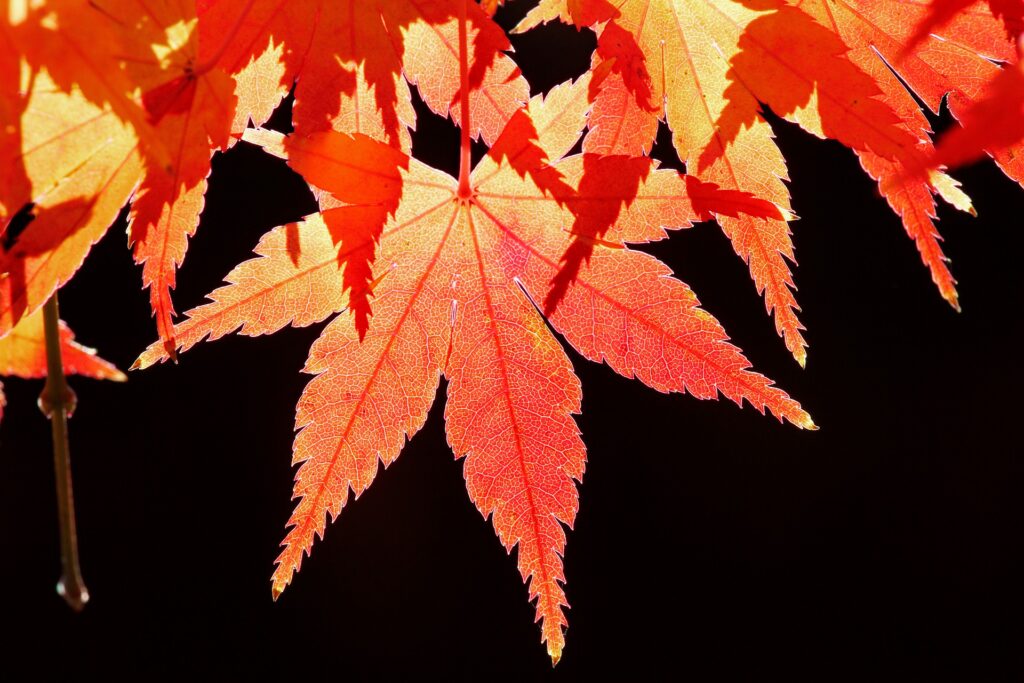
Japanese maples should be planted at the end of May in USDA zones 5-7. These beautiful trees flourish in full sun to partial shade with rich, moist soil. Late planting during this time ensures that they establish proper root systems. Patience is key—once established, they produce strikingly colorful leaves, adding unique character to your landscape.
Boxwood
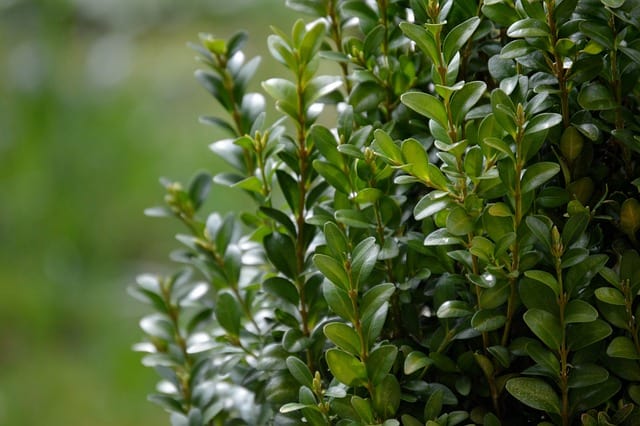
Boxwood is ideal for planting at the end of May in USDA zones 5-7. Their compact nature allows them to create enchanting border plants or ornamental hedges. Favoring well-drained soil and full sunlight, planting boxwoods at this time allows them to become well-established as they benefit from the warmth of summer.
Creeping Juniper
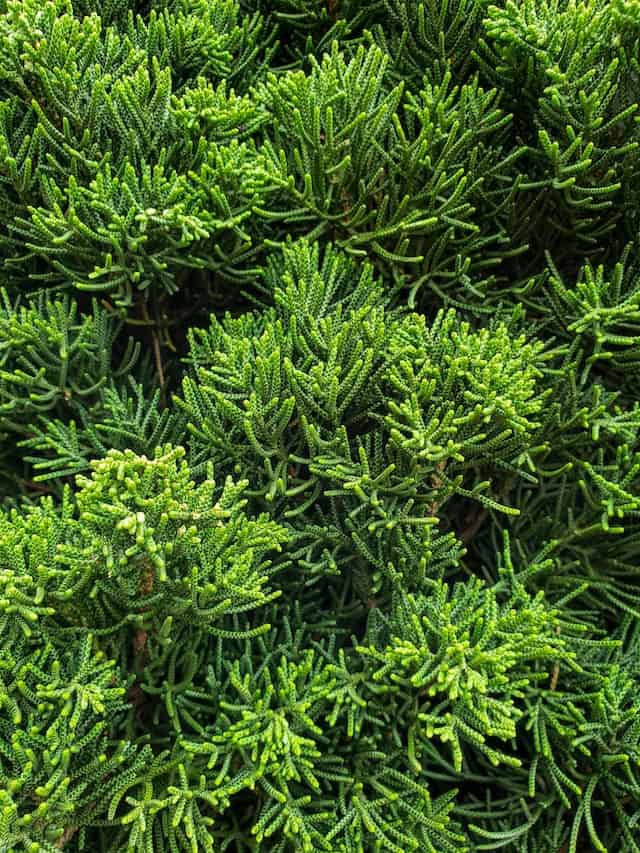
Creeping juniper, planted at the end of May, is perfect for USDA zones 3-7. This hardy ground cover thrives in varying soil types with adequate drainage. Its spreading nature aids in erosion control, while you benefit from greenery and texture year-round. Regular watering will help establish roots during dry conditions.
Colorful Perennials
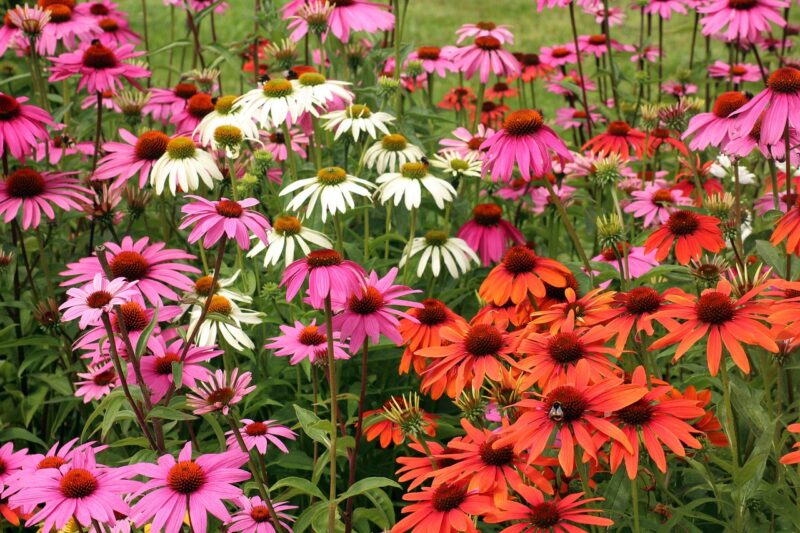
Many colorful perennials, such as coreopsis and echinacea, can be planted at the end of May across USDA zones 3-7. Their sturdy growth habits allow them to thrive through summer heat while providing vibrant color to your landscape and attracting beneficial pollinators.
Japanese Anemones
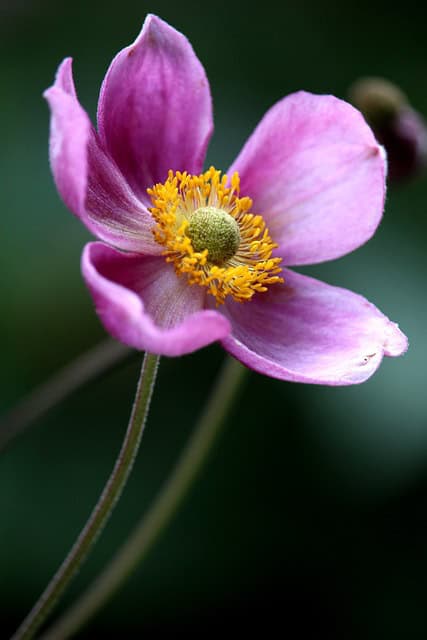
Japanese anemones can be successfully planted at the end of May in USDA zones 5-7. They thrive in well-drained soil and partial to full sunlight. Their late-blooming nature provides beauty and interest in late summer gardens while also making them resilient to a variety of conditions.
FAQ
What is the significance of planting at the end of May?
Planting at the end of May allows gardeners to take advantage of warm soil temperatures and the absence of frost, crucial for the growth of many vegetables, flowers, and fruits. This timing is especially beneficial for maximizing yields during the peak summer months.
Which USDA zones are relevant for planning my garden?
USDA zones range from 1 to 13 and help identify which plants are suitable for your area based on climate, temperature, and growing conditions. Understanding your zone can facilitate optimal plant selection and care.
Can I still plant crops later in the growing season?
Yes, many crops, particularly fast-growing varieties, can be planted successfully later in the season as long they are suited to your climate. Be cautious of the days to maturity for each crop and stay alert to weather forecasts.
How do I choose the right plants for my garden?
Consider factors like your USDA zone, the sunlight available in your garden, soil type, and the overall purpose of your garden. Researching the specific needs of each plant type can guide your selections—opt for varieties that are well-adapted for your local climate.
What are the best ways to care for newly planted items in May?
Ensure proper watering, mulch around plants to retain soil moisture, and monitor for any pests or diseases. Regular sunlight exposure and proper spacing can also foster strong growth and help establish your plants.
Should I worry about pests when planting late?
While pests may be present, many plants selected above can be good companions or pest deterrents. Additionally, setting up barriers and encouraging beneficial insects can help maintain balance in your garden.





